Currency rates continue to decline. The dollar is trading just above 89 rubles. At that moment, the July minimum was reached — 88.8 rubles. At the same time, at the opening of trading on November 15, the American currency was worth almost 91 rubles, the European currency was above 96.5 rubles.
The Russian currency is supported primarily by regulatory factors, noted Andrey Kochetkov, leading analyst at Otkritie Investments: “The first factor is the presidential decree on the mandatory sale of foreign currency earnings by exporters. The second is the key rate of 15%. But there are three more points.
Firstly, technically we broke through the July closing level of 91.6, after which the strengthening of the ruble accelerated. Secondly, the process of foreign companies leaving Russia has completed, and their demand for currency is quite low. Thirdly, the market is beginning to sense certain changes in the geopolitical situation.
The fact that we are accelerating in the ruble indicates that the trend is approaching a certain final phase, and perhaps we will reach a certain low point — somewhere around 85. And we’ll probably roll back to 87-88.”
At the same time, there are not many long-term market factors that would support the ruble. The national currency will return to weakening, economist Sergei Khestanov is sure: “A strong strengthening of the ruble has an adverse effect on federal budget revenues. Accordingly, perhaps one of the factors for the noticeable strengthening of the national currency exchange rate is the phase of the electoral cycle.
Traditionally, voters in Russia pay attention to inflation and the ruble exchange rate, and the impact of the exchange rate on inflation dynamics is quite strong. Therefore, perhaps, if sufficient efforts are made, including administrative ones, by March 2024 we will see a fairly strong ruble. But given the budget parameters for next year that have been announced, it is unlikely that it will maintain such positions for any long time.
As for a possible increase in the key rate, this will depend on the dynamics of inflation. In our country, when the ruble strengthens, if prices decrease at all, it is much less pronounced than their increase when the national currency weakens. That is, there is quite a strong asymmetry. Therefore, it is unlikely that the current values of the ruble will greatly influence the decision of the Central Bank.”
The Central Bank is ready to further increase the key rate, said Deputy Chairman of the Central Bank Olga Polyakova. This decision will be made if the regulator does not see a sustainable slowdown in inflation and cooling of inflation expectations.
.









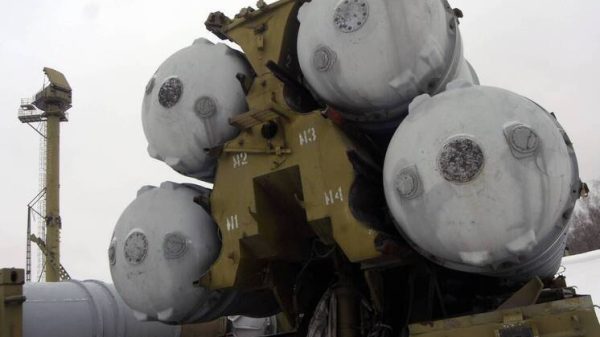

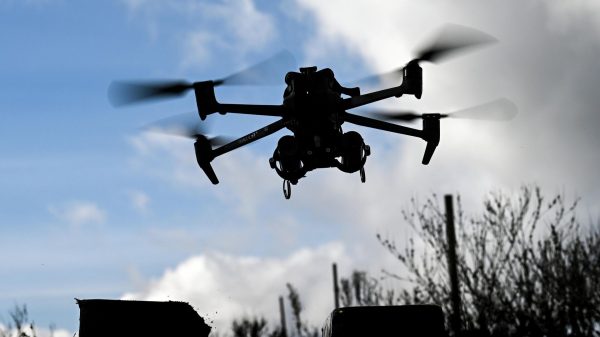

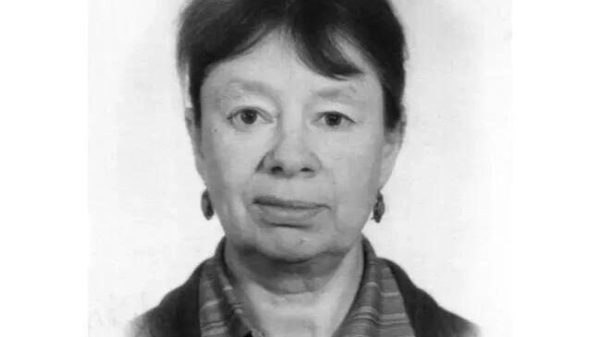

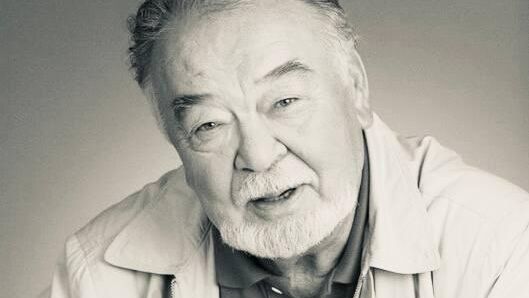


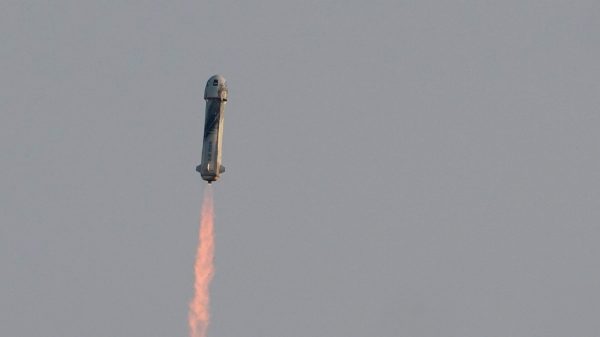





























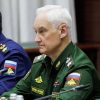




Свежие комментарии